Explore our ultimate list of 20 blooms with flowers that start with P. Discover a diverse array of stunning varieties, from popular picks to unique blooms and gain insights into their characteristics and growing tips for a colorful garden display.
Flowers are like nature’s alphabet and today we’re focusing on the letter P. From popular picks to unique blooms, let’s explore 20 beautiful flowers that start with P. Get ready to add some pizzazz to your garden!
1. Peony

Here’s the completed chart with information about Peony flowers:
| Category | Details |
|---|---|
| Botanical Name | Paeonia |
| Common Name | Peony |
| Plant Zone | 3-8 |
| Sun Exposure | Full Sun to Partial Shade |
| Soil Type | Well-drained, rich, loamy soil |
| Watering | Moderate, do not overwater |
| Growth Habit | Upright, bushy |
| Height/Spread | 2-4 feet tall / 2-3 feet wide |
| Special Features | Fragrant, long-lived, deer-resistant |
Peonies are big, fluffy flowers that come in shades of pink, white and red. They smell great and can live for many years. Learn about peonies
2. Pansy
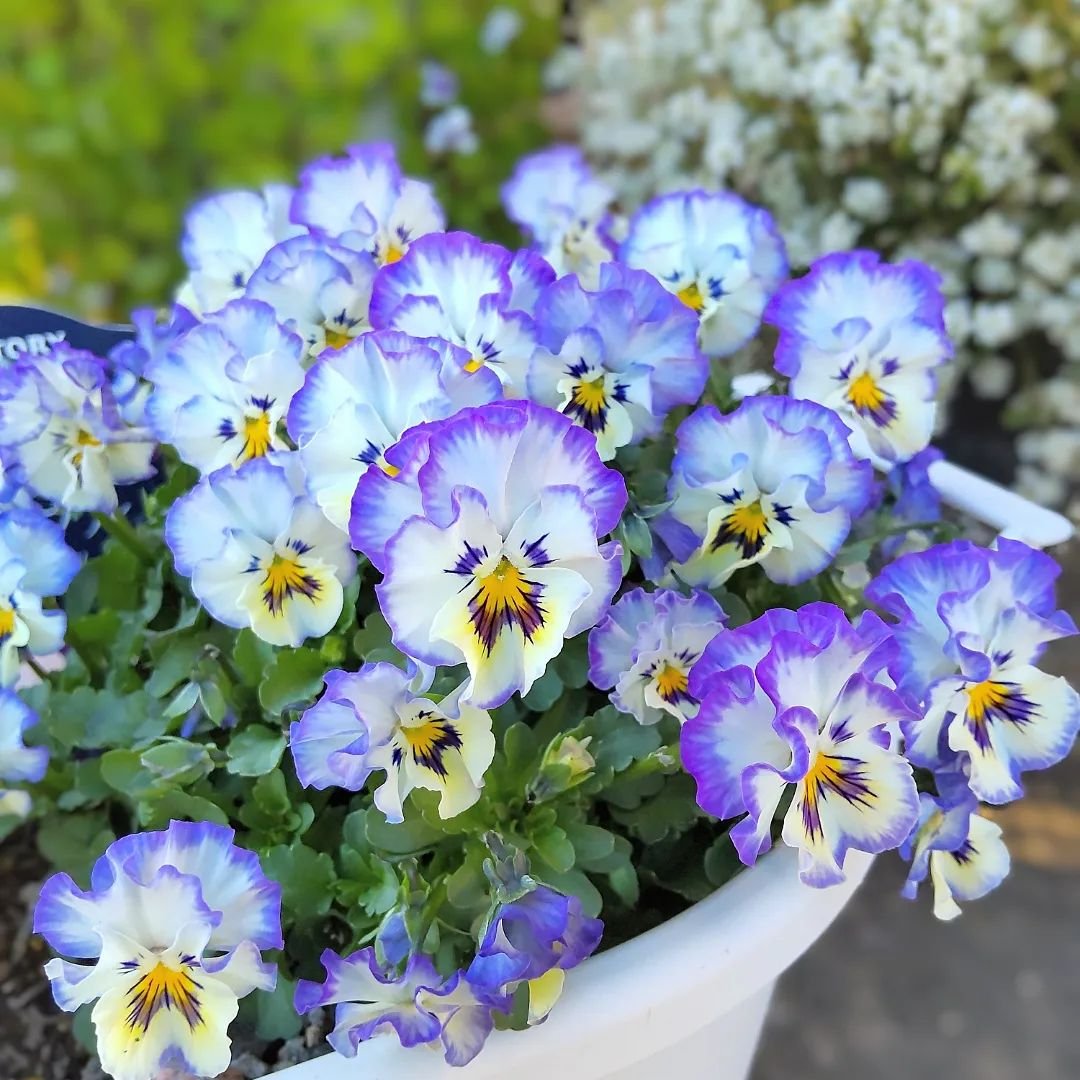
Here’s a completed chart with information about Pansy flowers:
| Category | Details |
|---|---|
| Botanical Name | Viola tricolor var. hortensis |
| Common Name | Pansy |
| Plant Zone | 6-10 |
| Sun Exposure | Full Sun to Partial Shade |
| Soil Type | Well-drained, fertile soil |
| Watering | Regular, keep soil moist |
| Growth Habit | Mounded |
| Height/Spread | 6-9 inches tall / 9-12 inches wide |
| Special Features | Cold-tolerant, edible flowers, attracts pollinators |
Pansies have faces that look like they’re smiling. They come in many colors and are great for cool weather. Pansy care tips
3. Petunia
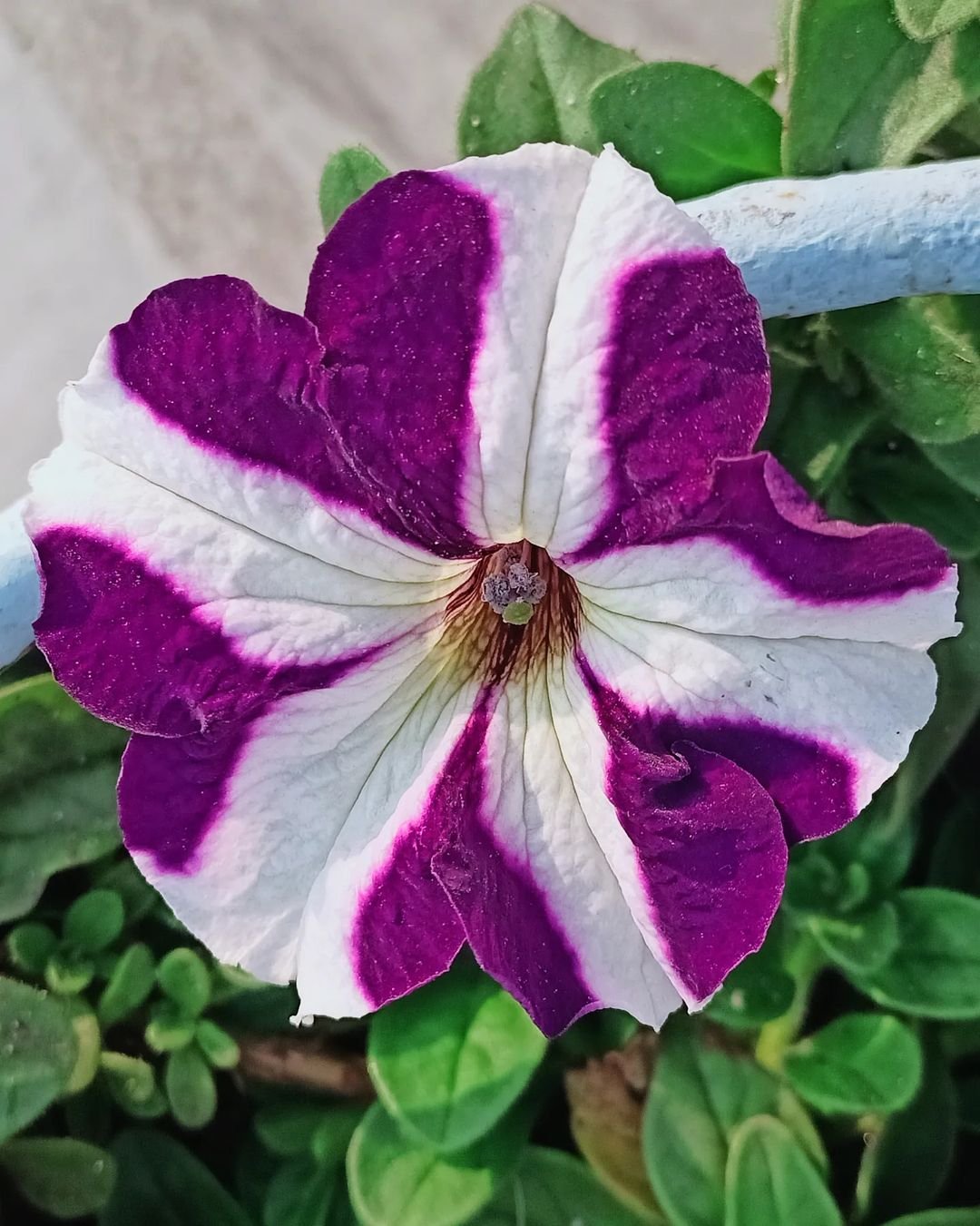
Here’s a completed chart with information about Petunia flowers:
| Category | Details |
|---|---|
| Botanical Name | Petunia spp. |
| Common Name | Petunia |
| Plant Zone | 9-11 (grown as an annual in most zones) |
| Sun Exposure | Full Sun |
| Soil Type | Well-drained, fertile soil |
| Watering | Regular, keep soil evenly moist |
| Growth Habit | Spreading, mounding, or trailing |
| Height/Spread | 6-18 inches tall / 18-24 inches wide |
| Special Features | Long-blooming, attracts hummingbirds, variety of colors |
Petunias are popular for hanging baskets. They bloom all summer and come in lots of bright colors. Growing petunias
4. Poppy

Here’s a completed chart with information about Poppy flowers:
| Category | Details |
|---|---|
| Botanical Name | Papaver spp. |
| Common Name | Poppy |
| Plant Zone | 3-9 |
| Sun Exposure | Full Sun |
| Soil Type | Well-drained, sandy or loamy soil |
| Watering | Moderate, drought-tolerant once established |
| Growth Habit | Upright |
| Height/Spread | 12-36 inches tall / 6-12 inches wide |
| Special Features | Showy flowers, attracts pollinators, some species are deer-resistant |
Poppies have thin, papery petals. They can be red, orange, yellow, or pink. Some types are used to make seeds for baking. Poppy varieties
5. Phlox
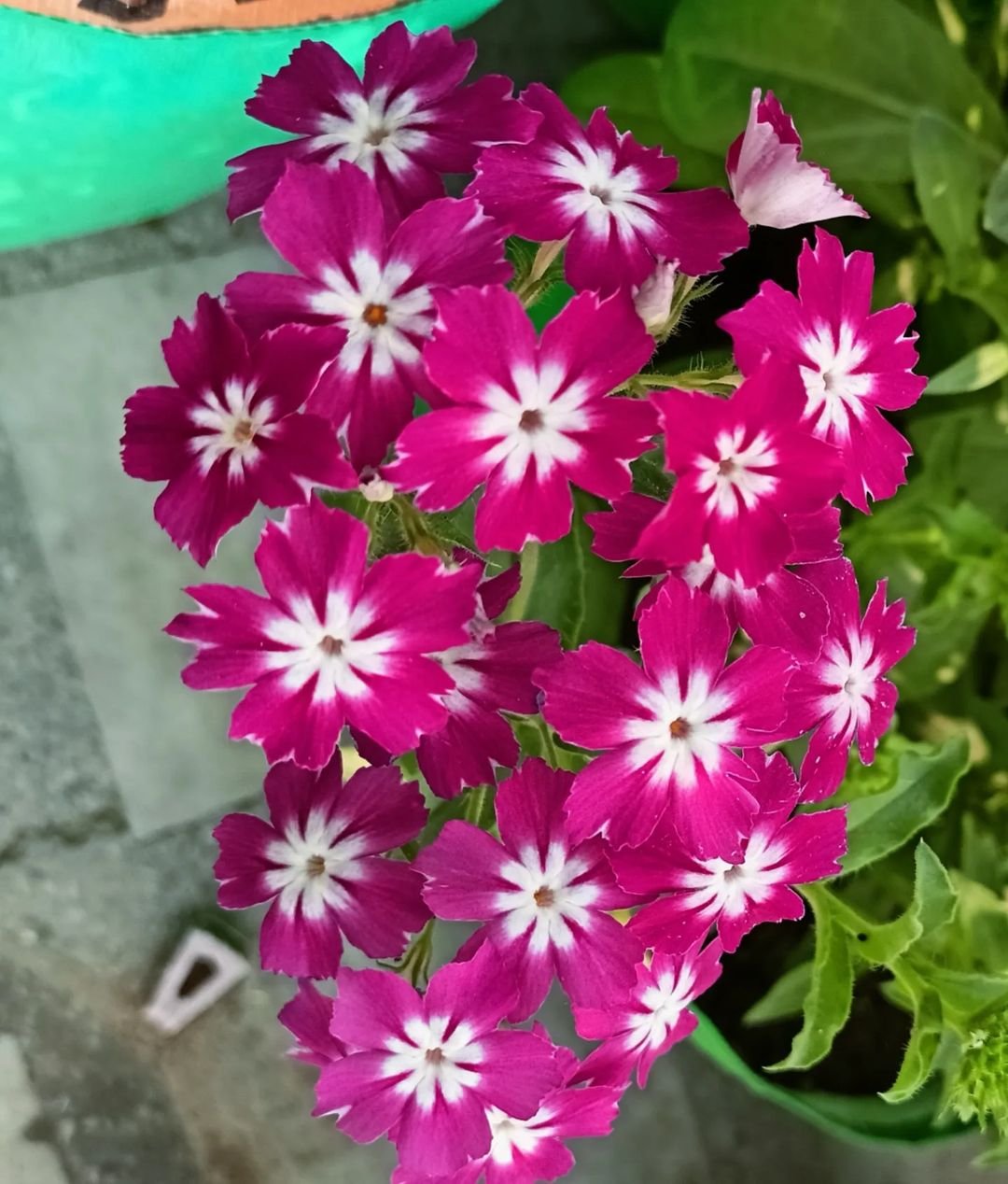
Here’s a completed chart with information about Phlox flowers:
| Category | Details |
|---|---|
| Botanical Name | Phlox spp. |
| Common Name | Phlox |
| Plant Zone | 3-9 |
| Sun Exposure | Full Sun to Partial Shade |
| Soil Type | Well-drained, rich, moist soil |
| Watering | Regular, keep soil consistently moist |
| Growth Habit | Upright or spreading, depending on species |
| Height/Spread | 6-48 inches tall / 12-24 inches wide (varies by species) |
| Special Features | Attracts butterflies, fragrant, long-blooming, variety of colors |
Phlox flowers grow in clusters. They can be short ground covers or tall garden plants. Phlox in the garden
6. Primrose

| Category | Details |
|---|---|
| Botanical Name | Primula spp. |
| Common Name | Primrose |
| Plant Zone | 3-8 |
| Sun Exposure | Partial Shade |
| Soil Type | Well-drained, moist, humus-rich soil |
| Watering | Regular, keep soil consistently moist |
| Growth Habit | Clumping |
| Height/Spread | 6-20 inches tall / 6-12 inches wide |
| Special Features | Early bloomer, wide range of colors, attracts pollinators |
Primroses bloom early in spring. They like cool, shady spots and come in many bright colors. Primrose care
7. Pelargonium
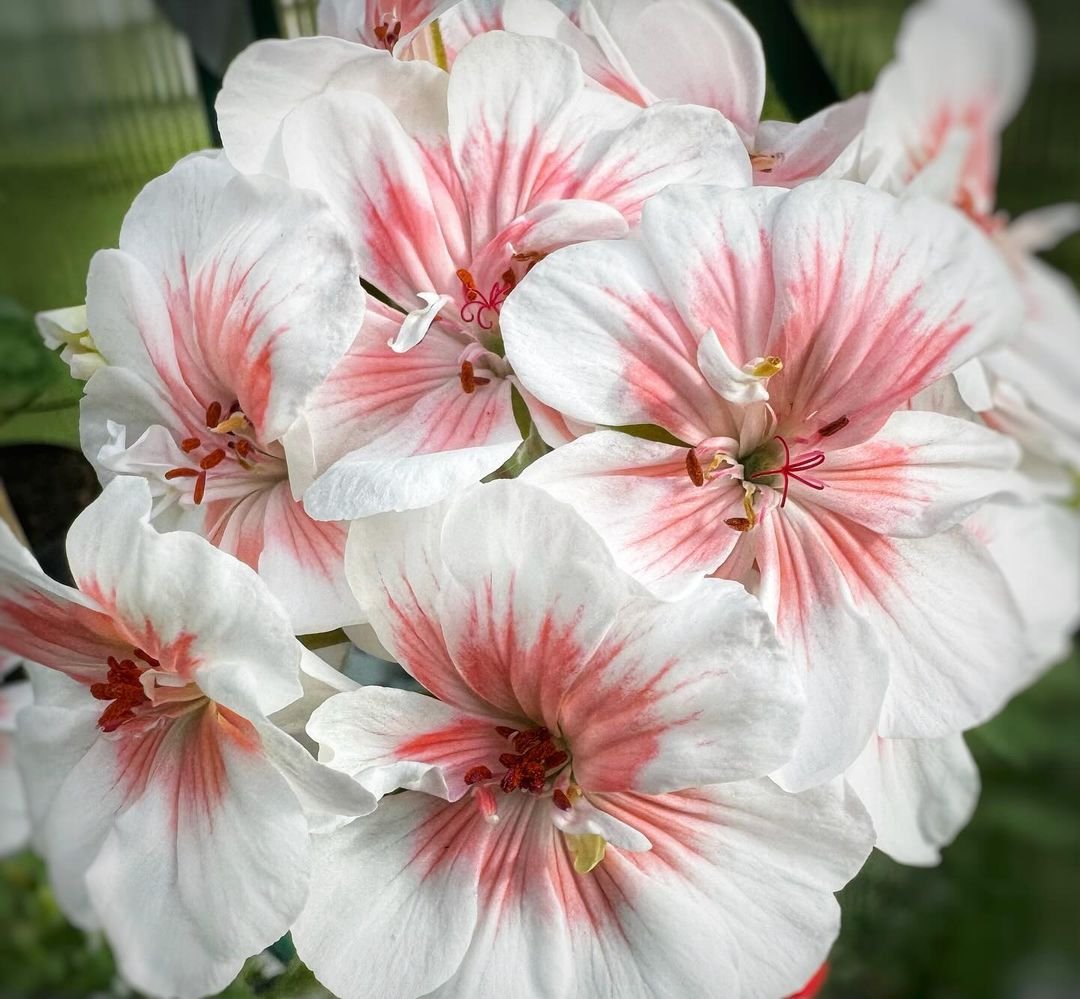
Here’s a completed chart with information about Pelargonium flowers:
| Category | Details |
|---|---|
| Botanical Name | Pelargonium spp. |
| Common Name | Pelargonium, Geranium |
| Plant Zone | 10-11 (grown as annuals in cooler zones) |
| Sun Exposure | Full Sun |
| Soil Type | Well-drained, fertile soil |
| Watering | Moderate, allow soil to dry between waterings |
| Growth Habit | Upright or trailing, depending on variety |
| Height/Spread | 12-24 inches tall / 12-24 inches wide |
| Special Features | Long-blooming, drought-tolerant, fragrant foliage, attracts pollinators |
Often called geraniums, these plants have round clusters of flowers. They’re great for pots and window boxes. Pelargonium vs. Geranium
8. Periwinkle
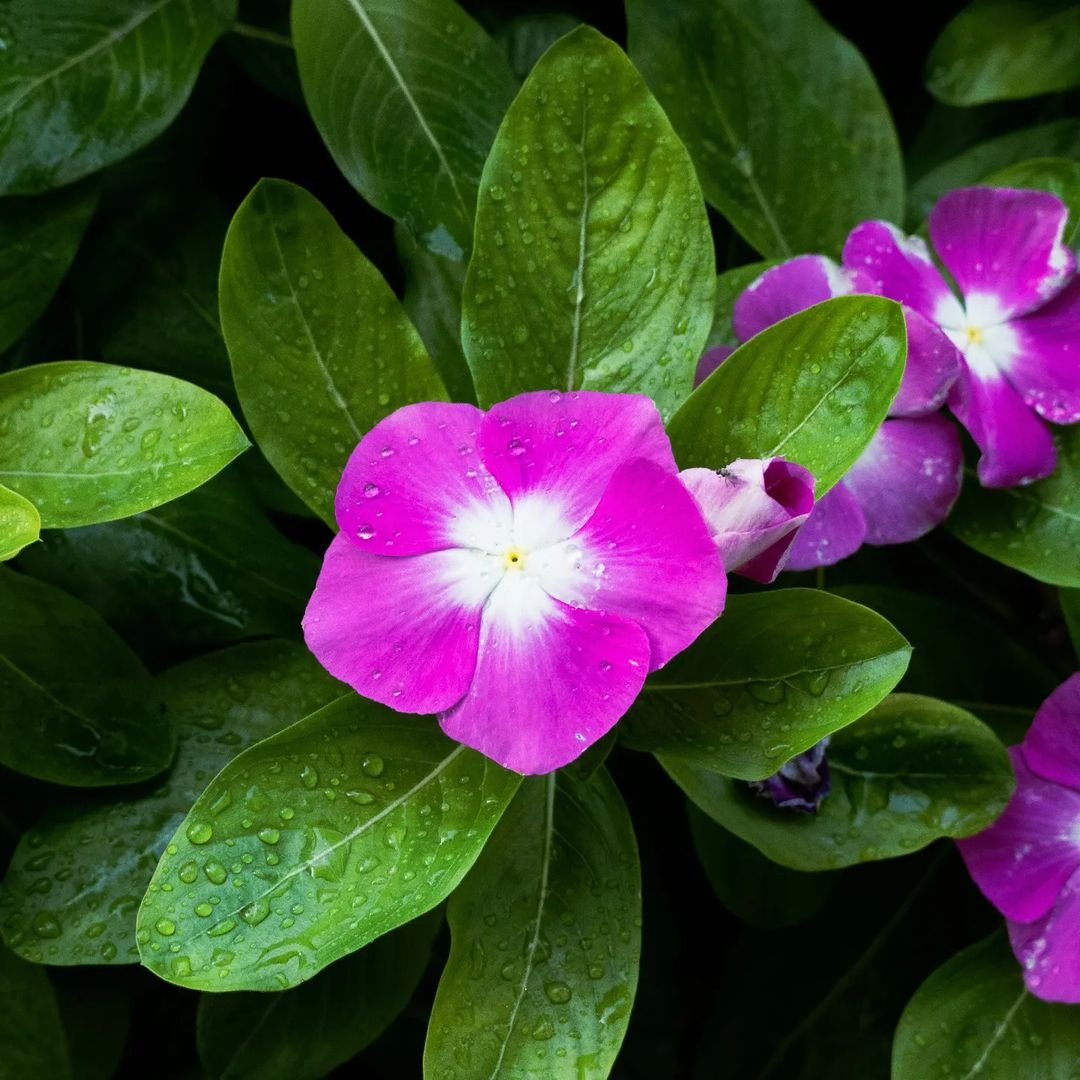
Here’s a completed chart with information about Periwinkle flowers:
| Category | Details |
|---|---|
| Botanical Name | Catharanthus roseus |
| Common Name | Periwinkle |
| Plant Zone | 4-9 |
| Sun Exposure | Full Sun to Partial Shade |
| Soil Type | Well-drained, average soil |
| Watering | Regular, drought-tolerant once established |
| Growth Habit | Spreading or trailing |
| Height/Spread | 6-12 inches tall / 12-24 inches wide |
| Special Features | Evergreen foliage, low maintenance, excellent ground cover, blooms throughout the growing season |
Periwinkle is a low-growing plant with pretty blue or purple flowers. It’s good for ground cover in shady areas. Using periwinkle
9. Portulaca
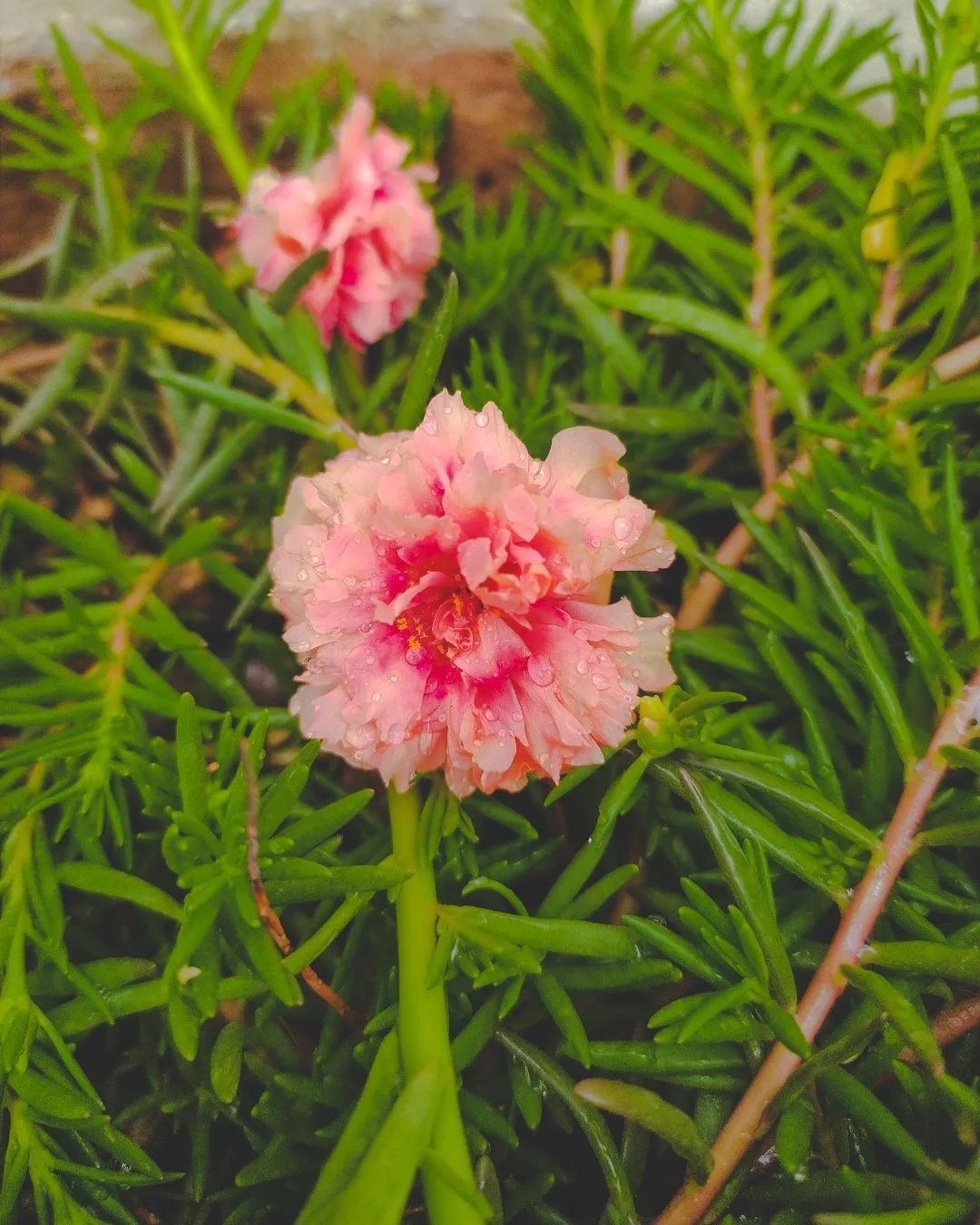
Here’s a completed chart with information about Portulaca flowers:
| Category | Details |
|---|---|
| Botanical Name | Portulaca grandiflora |
| Common Name | Portulaca, Moss Rose |
| Plant Zone | 10-11 (grown as an annual in cooler zones) |
| Sun Exposure | Full Sun |
| Soil Type | Well-drained, sandy or loamy soil |
| Watering | Low, drought-tolerant once established |
| Growth Habit | Spreading, mounding |
| Height/Spread | 4-8 inches tall / 12-18 inches wide |
| Special Features | Heat-tolerant, vibrant colors, low maintenance, attracts pollinators |
Also called moss rose, portulaca has bright, cup-shaped flowers. It loves hot, dry conditions. Growing portulaca
10. Pieris
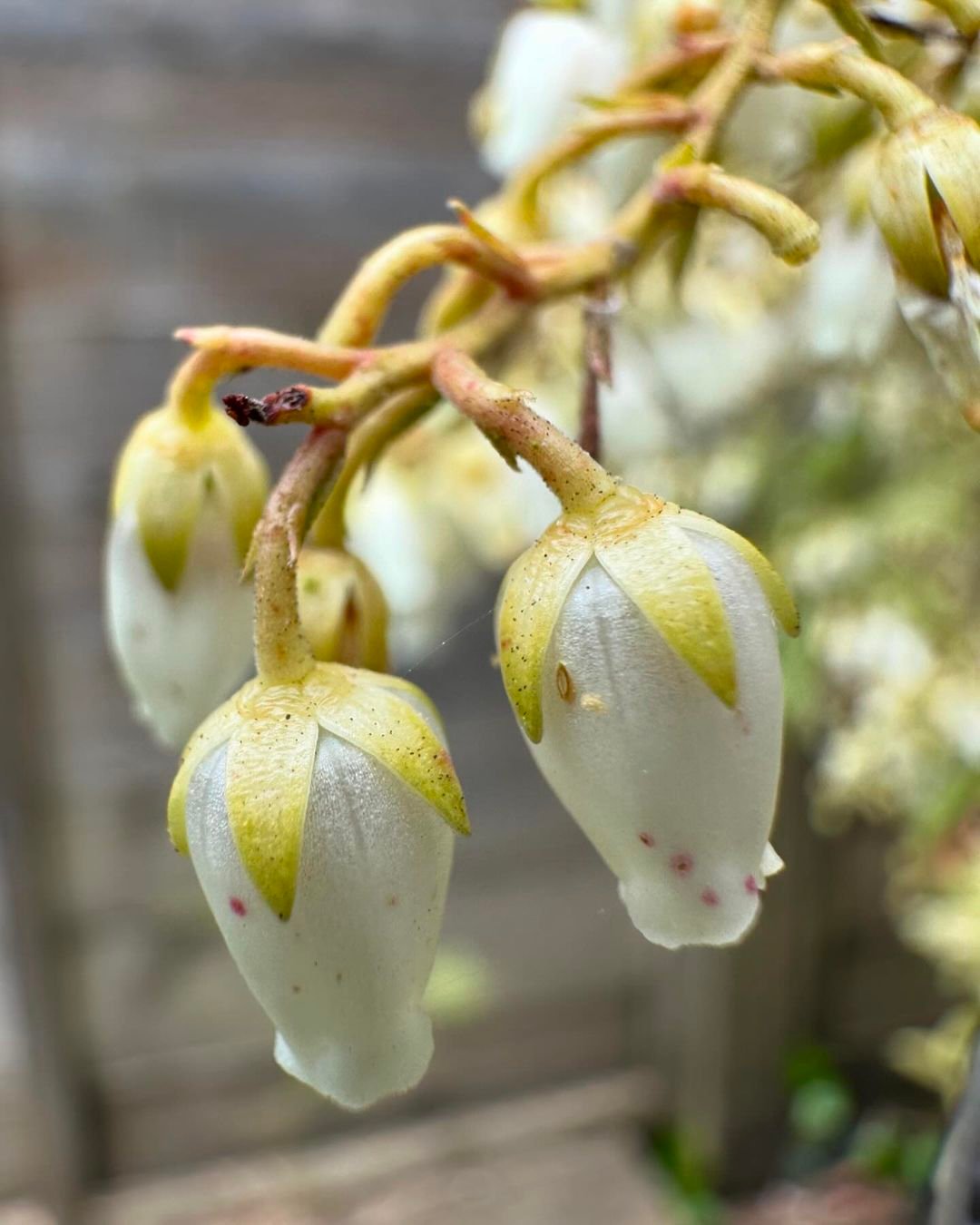
Here’s a completed chart with information about Pieris flowers:
| Category | Details |
|---|---|
| Botanical Name | Pieris japonica |
| Common Name | Pieris, Andromeda |
| Plant Zone | 5-8 |
| Sun Exposure | Partial Shade to Full Shade |
| Soil Type | Acidic, well-drained soil |
| Watering | Regular, keep soil consistently moist |
| Growth Habit | Upright, bushy |
| Height/Spread | 4-10 feet tall / 4-6 feet wide |
| Special Features | Evergreen foliage, fragrant flowers, attractive winter interest |
Pieris is a shrub with little bell-shaped flowers. It’s also called lily-of-the-valley bush. Pieris in landscapes
11. Plumeria

Here’s a completed chart with information about Plumeria flowers:
| Category | Details |
|---|---|
| Botanical Name | Plumeria spp. |
| Common Name | Plumeria, Frangipani |
| Plant Zone | 10-11 (grown as an annual in cooler zones) |
| Sun Exposure | Full Sun |
| Soil Type | Well-drained, sandy or loamy soil |
| Watering | Regular, allow soil to dry out between waterings |
| Growth Habit | Upright, bushy or small tree |
| Height/Spread | 3-25 feet tall / 3-15 feet wide |
| Special Features | Fragrant flowers, tropical appearance, attracts pollinators |
Plumeria flowers are used to make Hawaiian leis. They have a sweet smell and come in pink, white, and yellow. Tropical plumeria
12. Purslane

Here’s a completed chart with information about Purslane flowers:
| Category | Details |
|---|---|
| Botanical Name | Portulaca oleracea |
| Common Name | Purslane |
| Plant Zone | 2-11 (grown as an annual in cooler zones) |
| Sun Exposure | Full Sun |
| Soil Type | Well-drained, poor to average soil |
| Watering | Low, drought-tolerant once established |
| Growth Habit | Spreading, mounding |
| Height/Spread | 3-6 inches tall / 12-24 inches wide |
| Special Features | Edible leaves, vibrant colors, low maintenance, attracts pollinators |
Purslane has small, colorful flowers. It’s easy to grow and can even be eaten in salads. Edible purslane
13. Penstemon
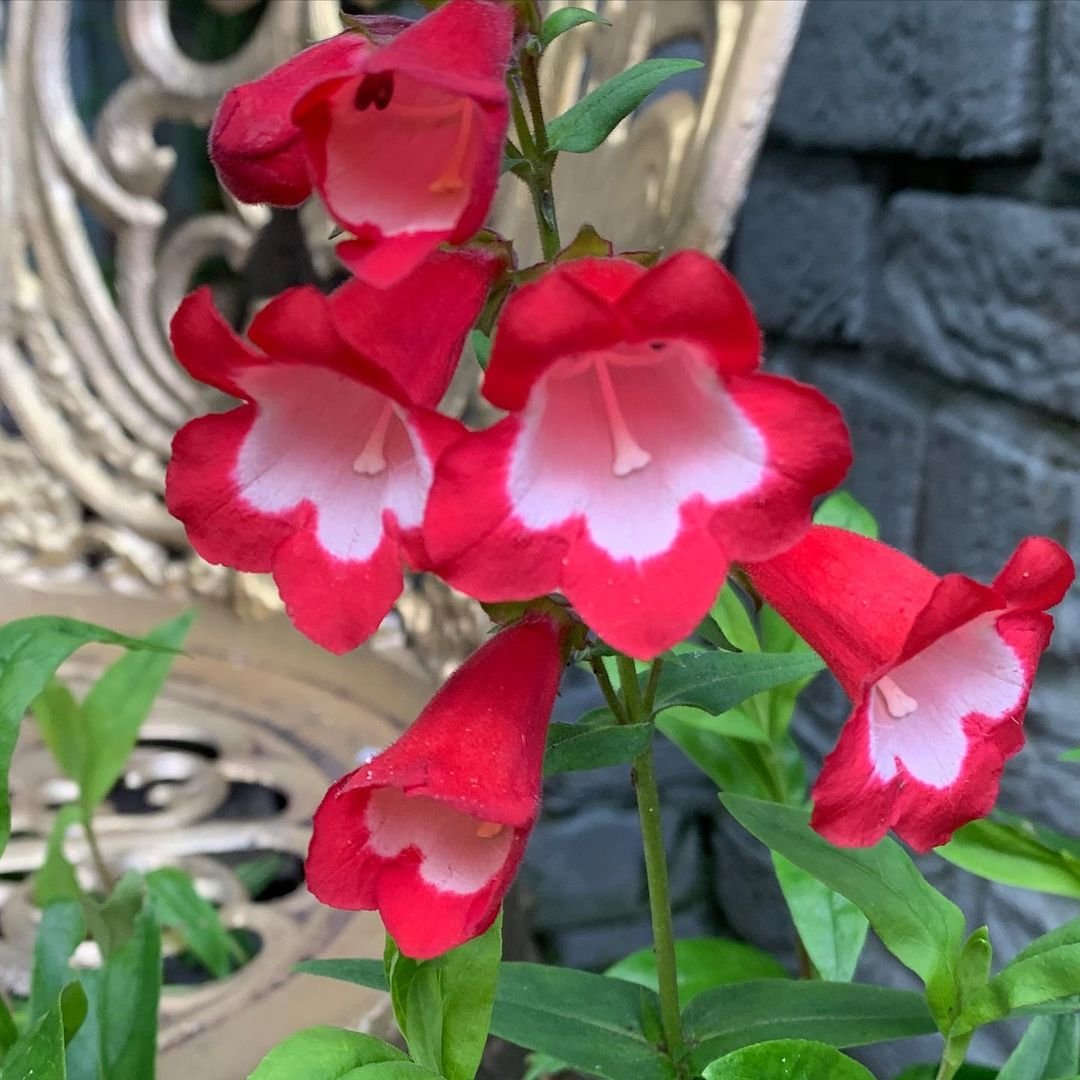
Here’s a completed chart with information about Penstemon flowers:
| Category | Details |
|---|---|
| Botanical Name | Penstemon spp. |
| Common Name | Penstemon, Beardtongue |
| Plant Zone | 3-8 |
| Sun Exposure | Full Sun to Partial Shade |
| Soil Type | Well-drained, average to sandy soil |
| Watering | Moderate, drought-tolerant once established |
| Growth Habit | Upright, bushy |
| Height/Spread | 12-36 inches tall / 12-24 inches wide |
| Special Features | Long-blooming, attracts pollinators, variety of colors, deer-resistant |
Penstemon has spikes of tubular flowers. It’s great for attracting hummingbirds and bees. Penstemon varieties
14. Pericallis
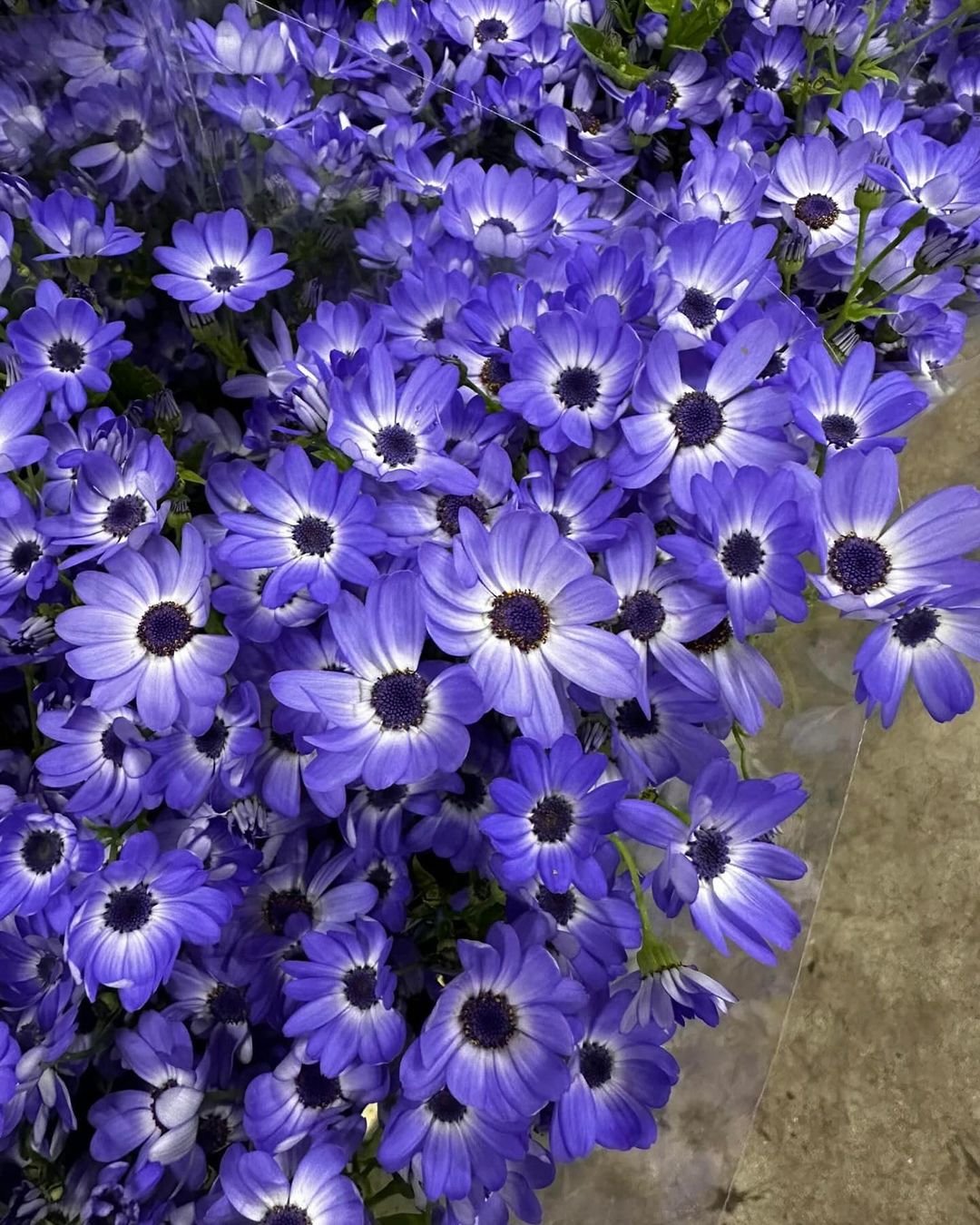
Here’s a completed chart with information about Pericallis flowers:
| Category | Details |
|---|---|
| Botanical Name | Pericallis spp. |
| Common Name | Pericallis, Cineraria |
| Plant Zone | 8-11 (grown as an annual in cooler zones) |
| Sun Exposure | Full Sun to Partial Shade |
| Soil Type | Well-drained, fertile soil |
| Watering | Regular, keep soil consistently moist |
| Growth Habit | Mounded or upright |
| Height/Spread | 8-12 inches tall / 8-12 inches wide |
| Special Features | Bright, daisy-like flowers, good for cool-season gardens, attracts pollinators |
Often called cineraria, this plant has daisy-like flowers in bright colors. It’s good for cool weather. Growing pericallis
15. Pelargonium
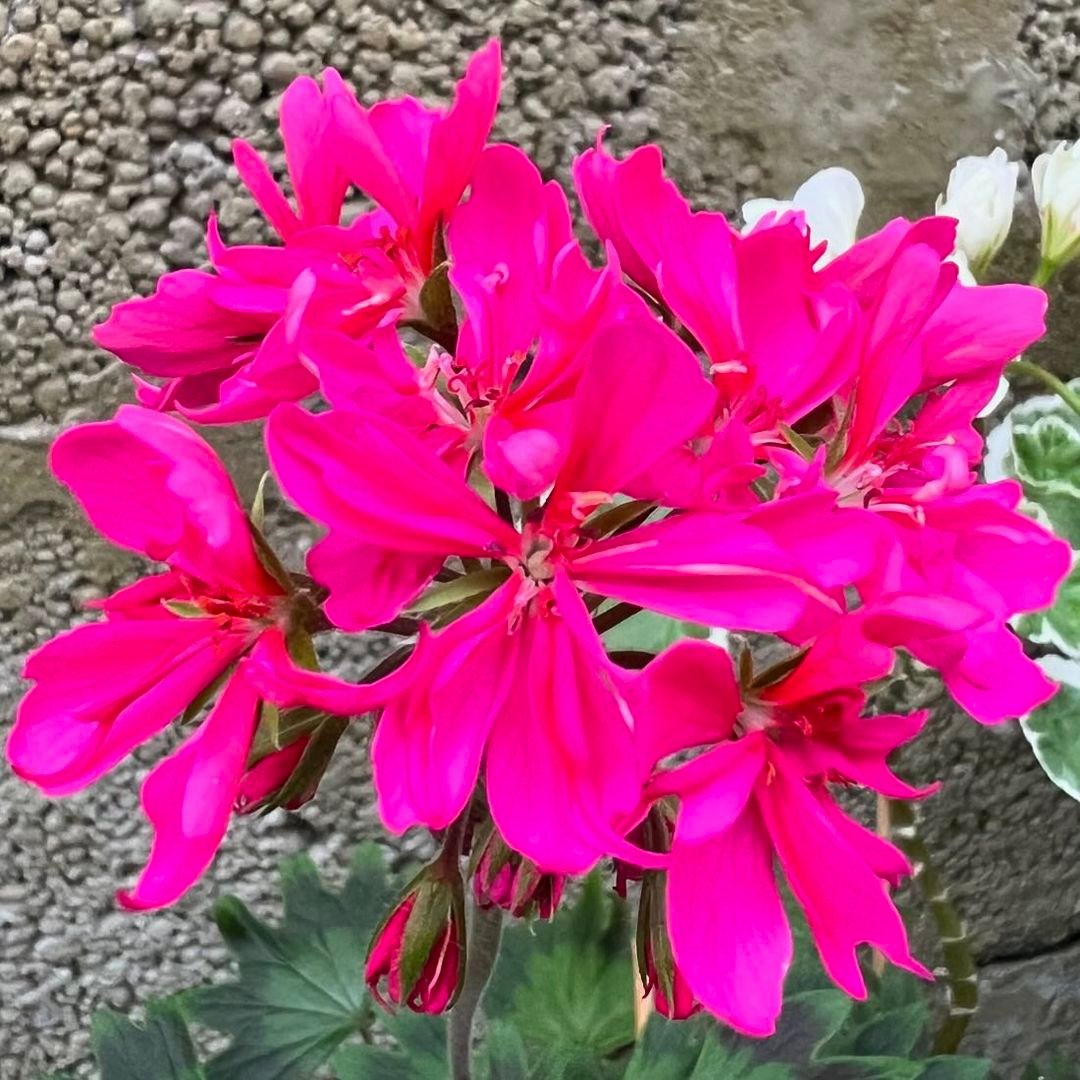
Here’s a completed chart with information about Scented Pelargonium flowers:
| Category | Details |
|---|---|
| Botanical Name | Pelargonium spp. (Scented varieties) |
| Common Name | Scented Geranium, Scented Pelargonium |
| Plant Zone | 10-11 (grown as an annual in cooler zones) |
| Sun Exposure | Full Sun to Partial Shade |
| Soil Type | Well-drained, fertile soil |
| Watering | Moderate, allow soil to dry between waterings |
| Growth Habit | Bushy, mounding |
| Height/Spread | 12-24 inches tall / 12-24 inches wide |
| Special Features | Fragrant foliage, variety of scents (e.g., citrus, mint, rose), attracts pollinators, low maintenance |
These are special pelargoniums with leaves that smell like lemon, rose, or mint when you touch them. Scented geraniums
16. Poinsettia
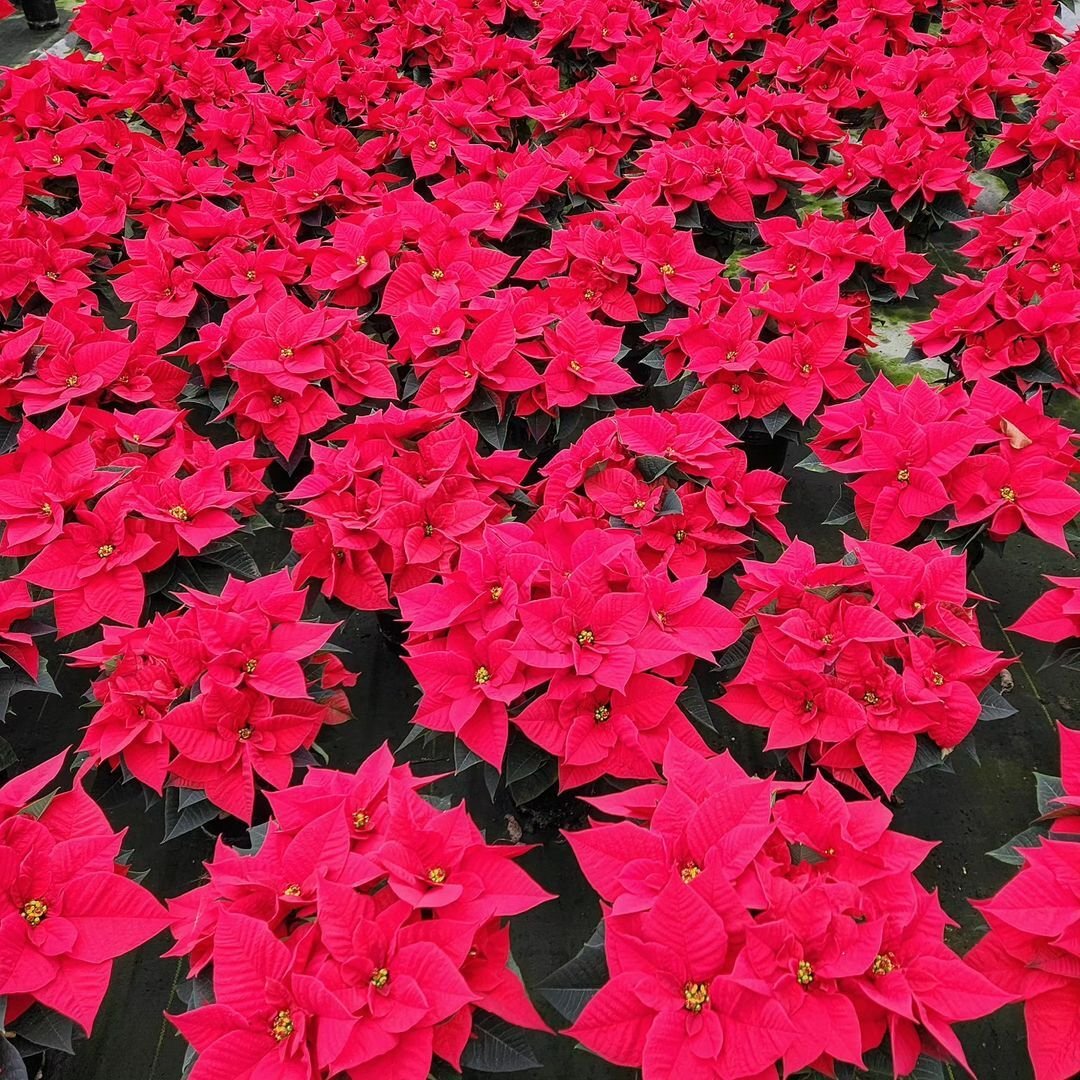
Here’s a completed chart with information about Poinsettia flowers:
| Category | Details |
|---|---|
| Botanical Name | Euphorbia pulcherrima |
| Common Name | Poinsettia |
| Plant Zone | 9-11 (grown as an annual or indoors in cooler zones) |
| Sun Exposure | Bright, indirect light |
| Soil Type | Well-drained, fertile soil |
| Watering | Regular, keep soil evenly moist but not soggy |
| Growth Habit | Bushy, upright |
| Height/Spread | 2-4 feet tall / 2-3 feet wide |
| Special Features | Vibrant red, pink, or white bracts, commonly used as a holiday decoration, prefers warm temperatures |
Poinsettias are famous Christmas plants. Their colorful “flowers” are actually special leaves called bracts. Poinsettia care
17. Pincushion Flower
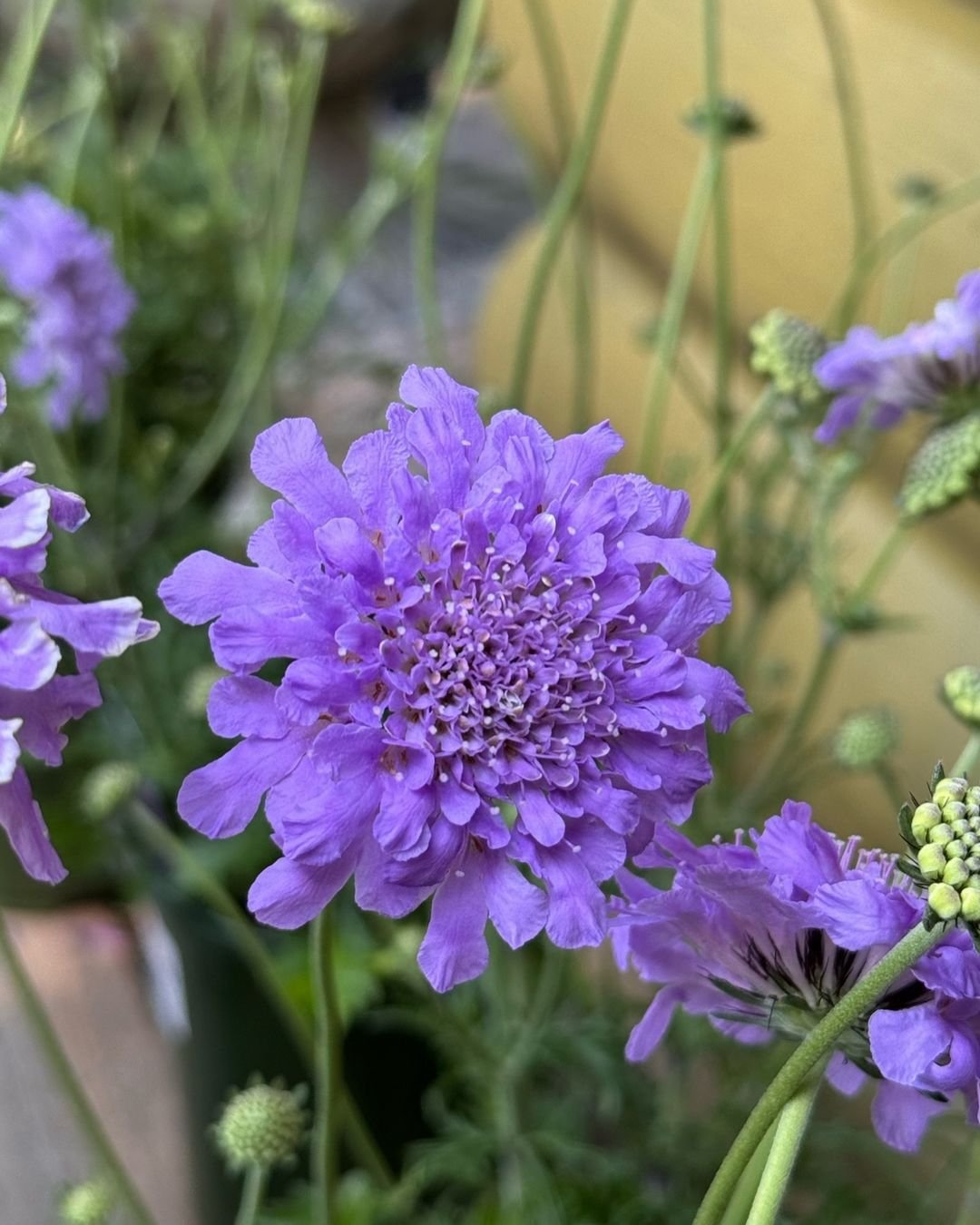
Here’s a completed chart with information about Pincushion flowers:
| Category | Details |
|---|---|
| Botanical Name | Scabiosa spp. |
| Common Name | Pincushion Flower, Scabiosa |
| Plant Zone | 4-9 |
| Sun Exposure | Full Sun to Partial Shade |
| Soil Type | Well-drained, average to sandy soil |
| Watering | Moderate, drought-tolerant once established |
| Growth Habit | Upright, bushy |
| Height/Spread | 12-24 inches tall / 12-18 inches wide |
| Special Features | Unique, pincushion-like flowers, attracts pollinators, long-blooming |
This flower looks like a pincushion with stamens sticking out like pins. It’s great for cutting. Pincushion flower info
18. Persian Buttercup
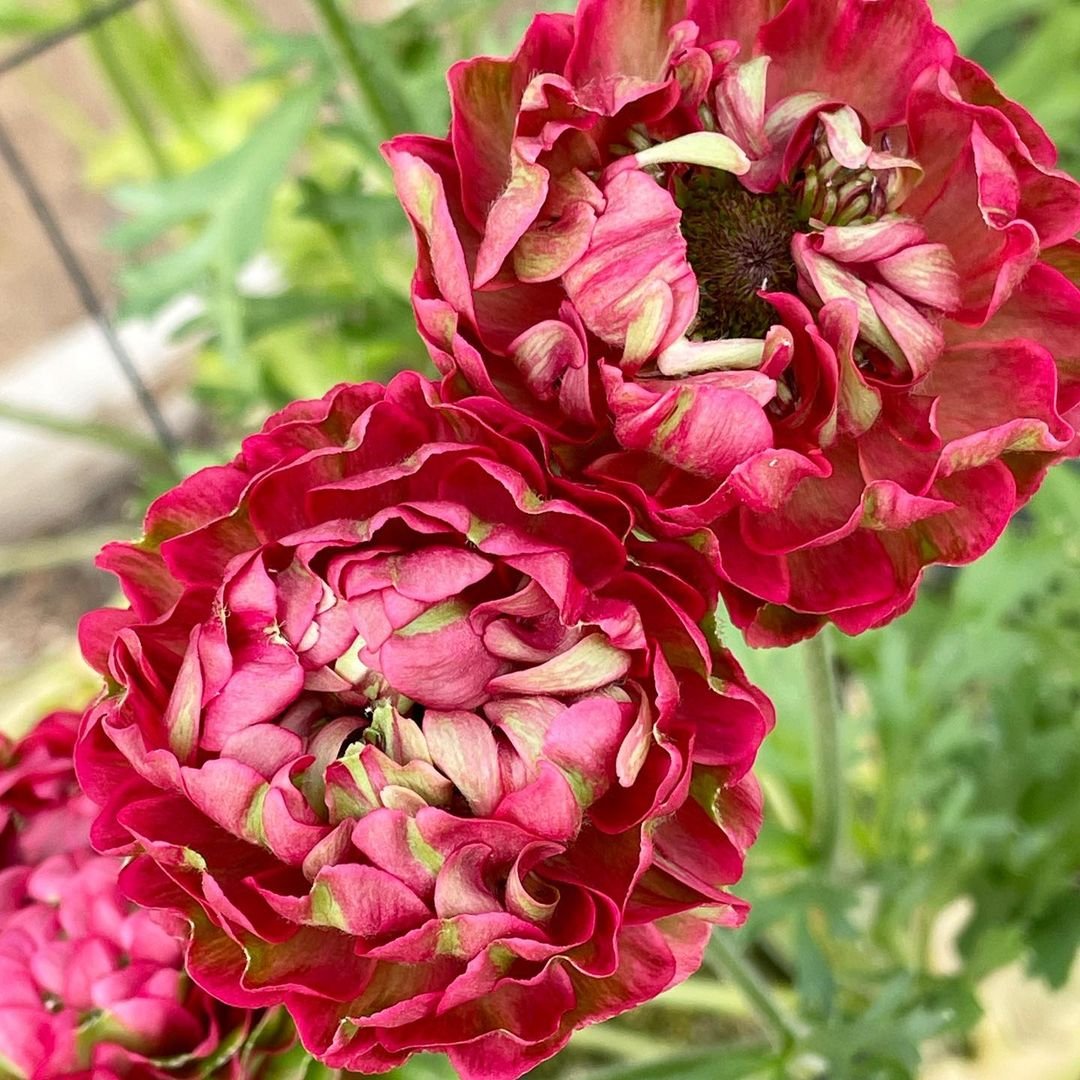
Here’s a completed chart with information about Persian Buttercup flowers:
| Category | Details |
|---|---|
| Botanical Name | Ranunculus asiaticus |
| Common Name | Persian Buttercup, Ranunculus |
| Plant Zone | 8-11 (grown as an annual in cooler zones) |
| Sun Exposure | Full Sun to Partial Shade |
| Soil Type | Well-drained, fertile soil |
| Watering | Regular, keep soil moist but not soggy |
| Growth Habit | Upright |
| Height/Spread | 6-12 inches tall / 6-12 inches wide |
| Special Features | Showy, cupped flowers in a range of vibrant colors, good for containers and borders |
Also called ranunculus, these flowers have layers of delicate petals. They come in many bright colors. Growing ranunculus
19. Passion Flower
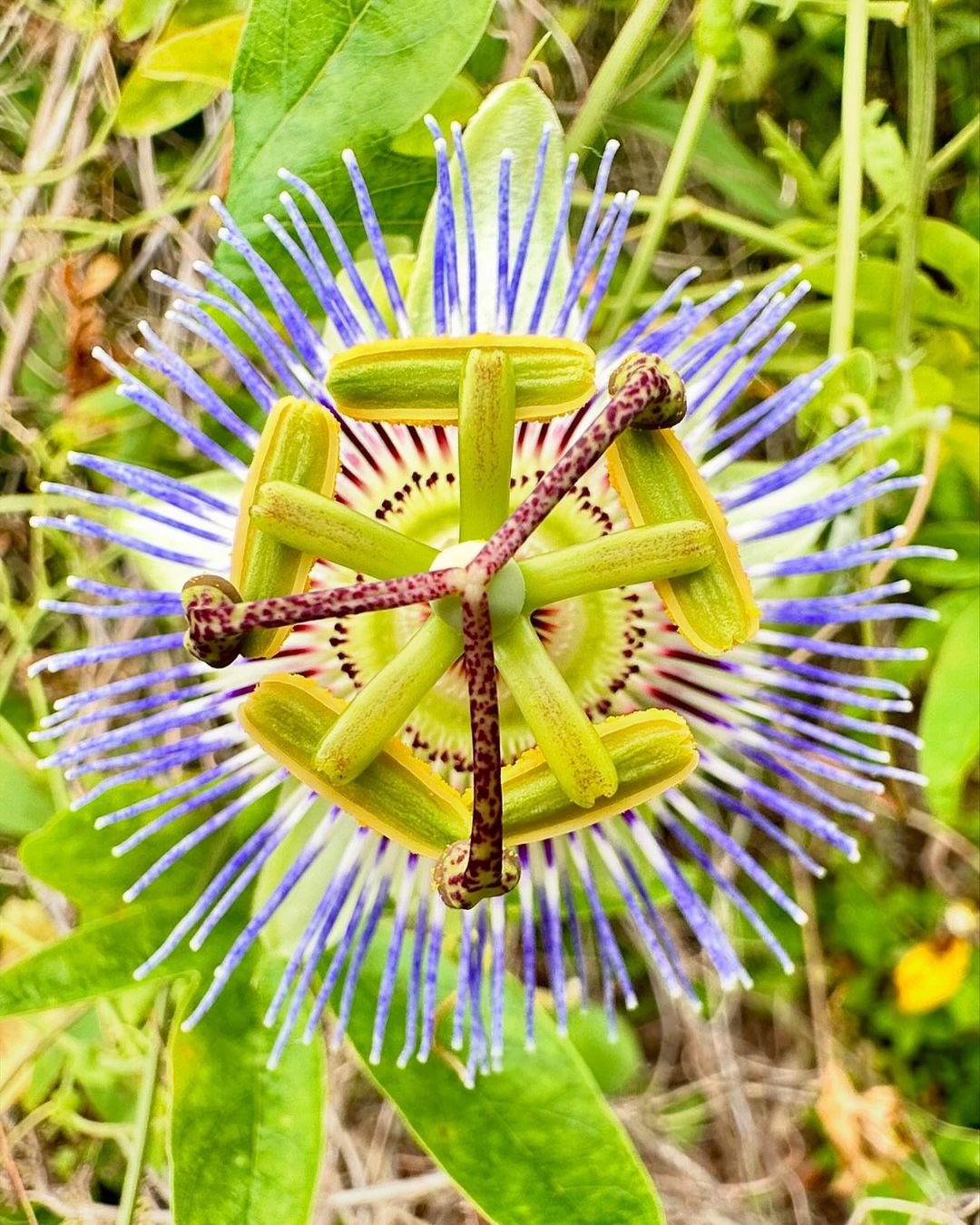
Here’s a completed chart with information about Passion Flower:
| Category | Details |
|---|---|
| Botanical Name | Passiflora spp. |
| Common Name | Passion Flower |
| Plant Zone | 7-11 (grown as an annual or container plant in cooler zones) |
| Sun Exposure | Full Sun to Partial Shade |
| Soil Type | Well-drained, fertile soil |
| Watering | Regular, keep soil consistently moist |
| Growth Habit | Climbing or trailing |
| Height/Spread | 10-30 feet tall / 5-10 feet wide (varies with support) |
| Special Features | Unique, intricate flowers, attracts pollinators, some varieties have edible fruit |
Passion flowers have a unique, complex shape. Some types produce fruit called passion fruit. Passion flower varieties
20. Prunella
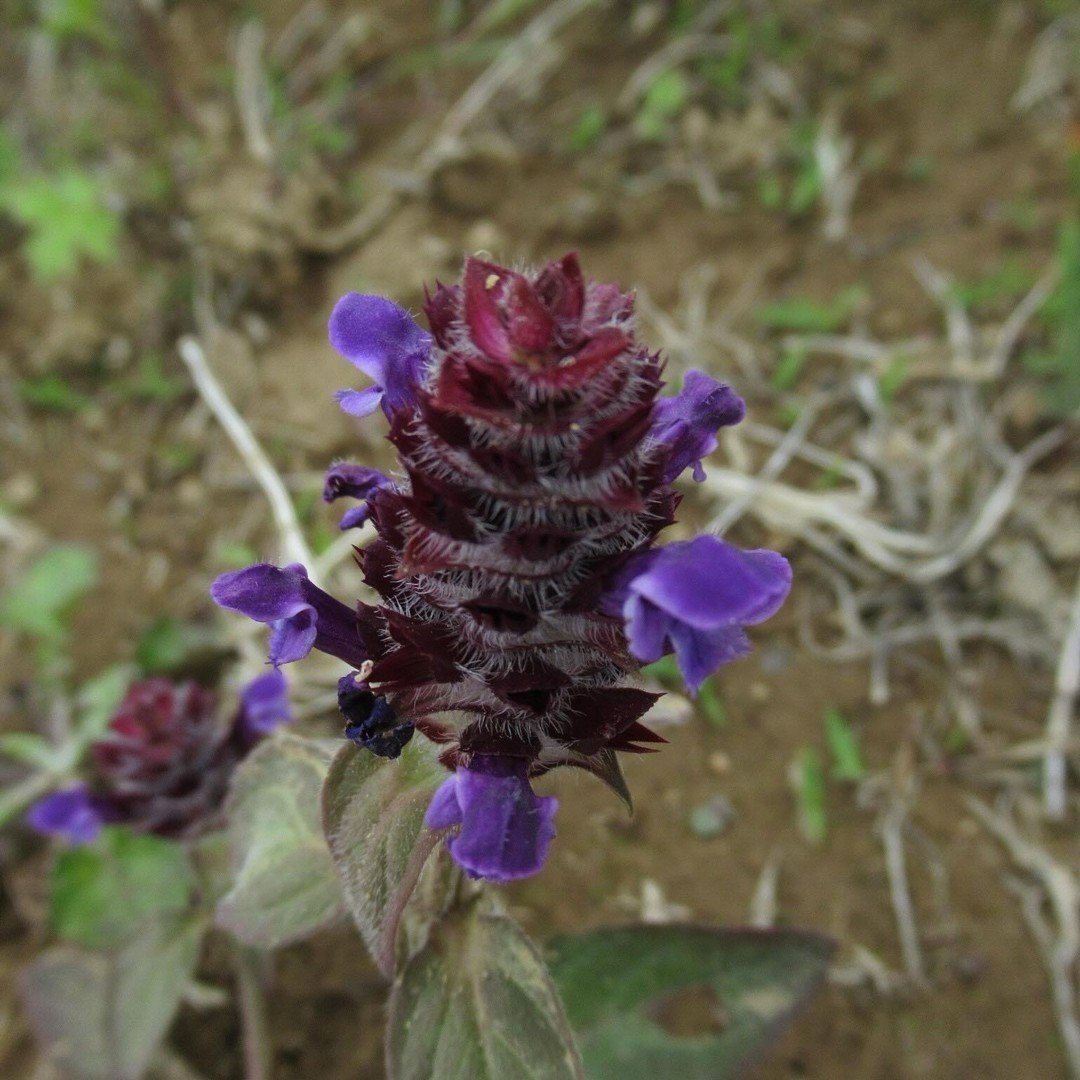
Here’s a completed chart with information about Prunella flowers:
| Category | Details |
|---|---|
| Botanical Name | Prunella spp. |
| Common Name | Prunella, Self-Heal |
| Plant Zone | 4-9 |
| Sun Exposure | Full Sun to Partial Shade |
| Soil Type | Well-drained, average soil |
| Watering | Moderate, drought-tolerant once established |
| Growth Habit | Upright, clumping |
| Height/Spread | 6-12 inches tall / 12-18 inches wide |
| Special Features | Edible leaves, medicinal properties, attracts pollinators |
Also called self-heal, prunella has spikes of purple flowers. It’s often used in herbal medicine. Prunella uses
Tips for Growing P Flowers
- Check your zone: Make sure the flower can grow in your climate.
- Sun or shade: Some like full sun, others prefer shade. Plant accordingly.
- Soil matters: Most flowers like well-drained soil. Add compost to improve it.
- Water wisely: Some need lots of water, others prefer it dry. Research each plant’s needs.
- Pruning: Regular deadheading (removing old flowers) can encourage more blooms.
Wrap Up
From the fluffy peony to the unique passion flower, P flowers offer a wide range of colors, shapes, and sizes for your garden. Whether you’re looking for easy-to-grow annuals or long-lasting perennials, there’s a P flower for every gardener.
Remember, gardening is about experimenting and learning. Don’t be afraid to try new flowers and see what works best in your space. With this list of P flowers, you’re well on your way to creating a beautiful and diverse garden. Happy planting!

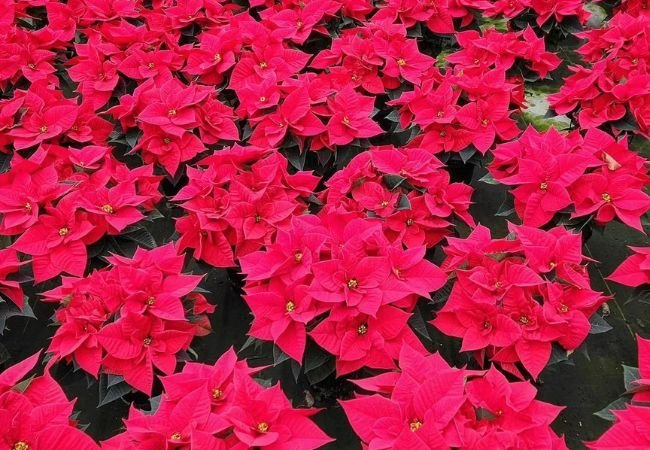






Leave a Reply